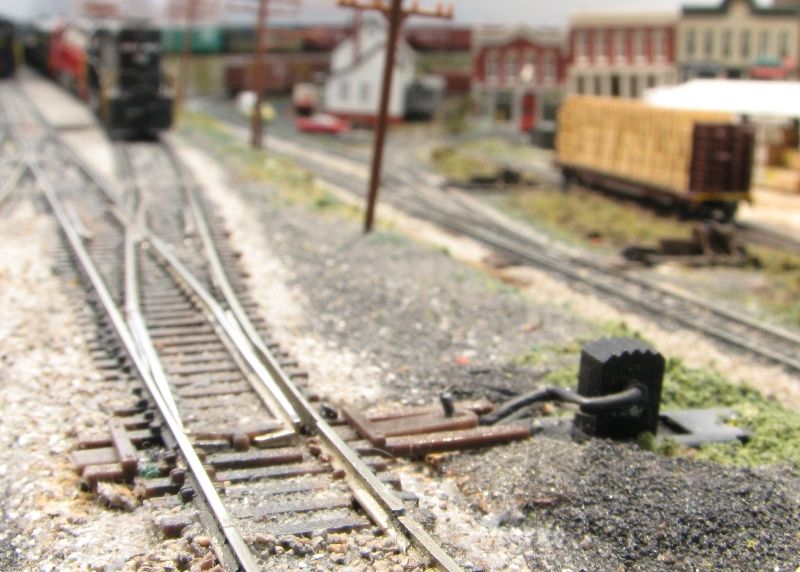Okay then, that makes it easier. You don't have to do anything special to use these with DCC. The stock rails are already connected to the point rails, and the frog is separated from the rails and acts just like an insulated frog out of the box. So without doing anything, the power will flow through either route without any problem.
But, you will want to go ahead and wire the frog to make it "live", which will help with continuity when you're running a short wheelbase locomotive, or when the track gets a little dirty, or in case one of the internal connections in the turnout gets knocked out.
This is very easy to do. There's a little round grommet that sticks out on the side of the turnout, this is the wiring terminal for the frog. I connect a wire from that to the middle post on a micro-switch, then wire the other posts to the stock rails, or if you prefer, to the bus wire, making sure that you have polarity correct for the right and left rail depending on which way the switch is thrown.
Then I use the micro switch as the switch machine..., like thus:

When I move the points, I also reverse the polarity of the frog to follow the route chosen.
If you're using Tortoise machines, you can wire them the same way using the internal DPDT terminals that they provide.
Is that what you needed to know?
Lee